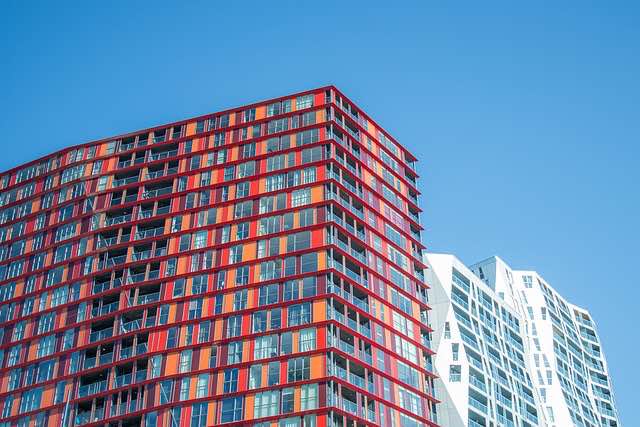
.................................................................................................................................................................
Classification of
Glass
Classification of Glass based on
Composition & Applications
By: Haseeb
Jamal
Classification of Glass
Glass is usually classified into three main classes:
Soda lime glass
· It is obtained from
the fusion of a mixture of silica, lime, soda and alumina.
· Powdered glass too
may be added
· This glass is also
termed as Soda-ash glass, Soda glass or Soft glass
· It is used for
glazing doors, windows and making ordinary glass wares
Lead glass:
· It is obtained from
the fusion of a mixture of silica, lead and potash
· Powdered glass too
may be added
· This glass is also
termed as Flint glass
· Lead glass has
highly shining appearance
· It is not affected
by temperature
· Cut glass work,
electric bulbs and optical glass are made from it
Boro-silicate glass:
· It is obtained from
the fusion of a mixture of silica, borax, lime, and feldspar.
· Powdered glass too
may be added
· This glass
withstands high temperature
· Laboratory
equipment and kitchen utensils are made out of it
Commercial Forms of Glass
Glass is marketed in various commercial forms to suit
varying field requirements.
Sheet Glass:
· Most extensively
used in engineering works
· Size ► Thickness of 2, 2.5, 3, 4, 5 5.5 and 6.5 mm ► sheets up to 175 cm x 110 cm sizes are also available
Ordinary glazing quality: Used for general glazing
Selected glazing quality: Used for better quality works
Special selected quality: Used for superior quality works
such as show cases etc
Plate glass:
· It is made in
thickness varying from 3mm to 32 mm and sizes up to 275cm x 90cmm.
· It is stronger and
more transparent than the sheet glass
Tempered plate glass:
· Glass plate is
heated and then suddenly cooled to tamper it
· Tempered glass is
much stronger than ordinary sheet glass.
· Used for glazing
entrance doors, table tops, shelves, counters etc
Laminated glass:
· Two or more glass
plates with intervening layers of transparent plastics are bound under effect
of heat and pressure.
· This type of glass
is not broken into pieces when it breaks
· Ensures safety at
places where glass is liable to shatter
· Glazing windows and
doors
Wired glass:
· It is a rough cast
translucent (semi transparent) glass with special steel wire mesh of 0.46 to
0.56 mm dia.
· Wire mesh
completely embedded between the layers of glass during manufacture process
· Fire resistant and
safe during breakage
Insulating glass:
· Two layers of glass
separated by 6mm to 12mm of air space are sealed to provide heat insulation
Colored glass:
· By adding oxides of
metals to metal glass the finish product get colored
· Used for decoration
works in building construction
Flint glass:
· It is lead glass
which shines
· Used for glass work
as optical glass, for making electric bulbs.
Haseeb
Jamal. I am a Civil Engineer,
graduated from University
of Engineering and Technology, Peshawar, Pakistan in 2010. I also
have a PG-Diploma in Disaster Management and
MS in Urban
Infrastructure Engineering (In Progress). My expertise include civil
related softwares like AutoCAD,
SAP2000, MS Project, Primavera, MS Office and GIS. My technical skills include
project management, monitoring and evaluation, structural assessment, disaster
risk management, Quantity survey, land survey, material testing, site
management and technical writing. I am trained in writing project progress
reports as well as proposals and concept papers. I have also received advanced
training on surveying, proposal writing, Monitoring and Evaluation of projects
as well as organizations.
I have worked as Project
Engineer at National Research and Development Foundation, Peshawar and
CENCON Associates. I also worked with Spectra Engineering Solutions as Senior
Civil Engineer in monitoring of World Bank and UNDP funded projects all
over Khyber Pakhtunkhwa and FATA. Currently, I am working as Deputy
Manager Development at NayaTel, Peshawar.


No comments:
Post a Comment